How a POS is designed for ease and simplicity of use.

Incorporating a point of sale system into your store gives you a way to securely accept credit card payments from your customers. Although all of its components can appear overwhelming at first, this suite of hardware and software is designed to be efficient and highly effective. Best of all, succeeding in making the most of its features can often be done with little or no outside training.
What goes into a POS system?
Your POS might appear small, but it certainly packs a punch. It is loaded with an impressive collection of features, all designed to help you run your business better. In general, most POS solutions consist of some or all of the following.
- A terminal or tablet with a screen that customers can read throughout the payment transaction. You can also utilize it to access the system’s back-office features.
- Card readers that may attach to the terminal or tablet. In the case of mobile POS systems, they can be used in conjunction with an iPhone or Android device.
- Barcode scanners to allow for entry of merchandise identification information.
- Receipt printers.
- Cash drawers.
- Software that allows for payment processing and numerous other business operations features.
All of these components can be obtained through the company that processes your payments. Best of all, POS systems are usually very affordable.
Complex, but simple.
With all of these different parts, you might think that a POS might be so challenging that using it would require more time than it saves. However, this isn’t the case. Let’s look at just a few of the tasks a modern POS can streamline.
- Inventory management. Thanks to the barcode scanner attached to your system, you can keep track of each item you sell from the time it enters your warehouse until it leaves in the hands or the electronic shopping cart of your customer. Never again will you need to scrabble through piles of receipts to guess at stock availability. Now your POS can alert you when quantities are running low well in advance, ensuring that you order what you need when you need it with no unnecessary surpluses or damaging shortfalls.
- Customer relations management. At the heart of your POS is its database, which you can harness to store useful details about your patrons such as contact information, shopping histories and even hobbies and interests. Accessing this gold mine gives you everything you need to craft curated marketing campaigns that personalize each buyer’s experience and help to enrich and customize each and every one of your relationships.
- Employee management. That same database can also track which items are sold, when, and by whom. As a result, you have instant access to data that can help you to reward your top performers and provide helpful training to associates who may be struggling. Additionally, the system assists you to schedule preparations in real time. As a result, you can make the most of every worker’s abilities and availability.
- Reporting. Without a road map that chronicles the past, there is no way to strategize your future. Fortunately, your POS’s reporting capabilities are designed to once again harness that all-important database. Because it keeps track of granular details about every sale, you can quickly retrieve accurate data about profits and losses, buying histories, best and worst times, days and seasons for product sales, and virtually any other datapoint you want to plumb. Having this information available in a highly readable form lets you intelligently plan for your future.
- Integration with third-party software. When you bring a POS onboard, you don’t need to sacrifice other software that is already performing well for your business. In fact, you can easily integrate accounting and other types of programs into the system. As a result, bookkeeping and tax preparation are easier than ever before.
It might be hard to believe that all of these capabilities exist in such a small POS package, but they do.
The beauty of today’s POS systems is that they are highly intuitive, customizable, and functional. As consumers, virtually all of us have become familiar with the process of interacting with this technology, a fact that makes integration and staff training much easier. Additionally, these systems quietly work behind the scenes to protect the security of the data they read and transmit, further insulating your store from data breach.
As a savvy 21st-century merchant, you really can’t afford to be without the many business operations features that come along with every modern POS system. The hardware and software are optimized to provide a simple and smooth experience for even novice users, and customers have come to expect the speed and efficiency they furnish. If you don’t already have an up-to-date POS, talk to your payment services provider today to take your business to the next level.
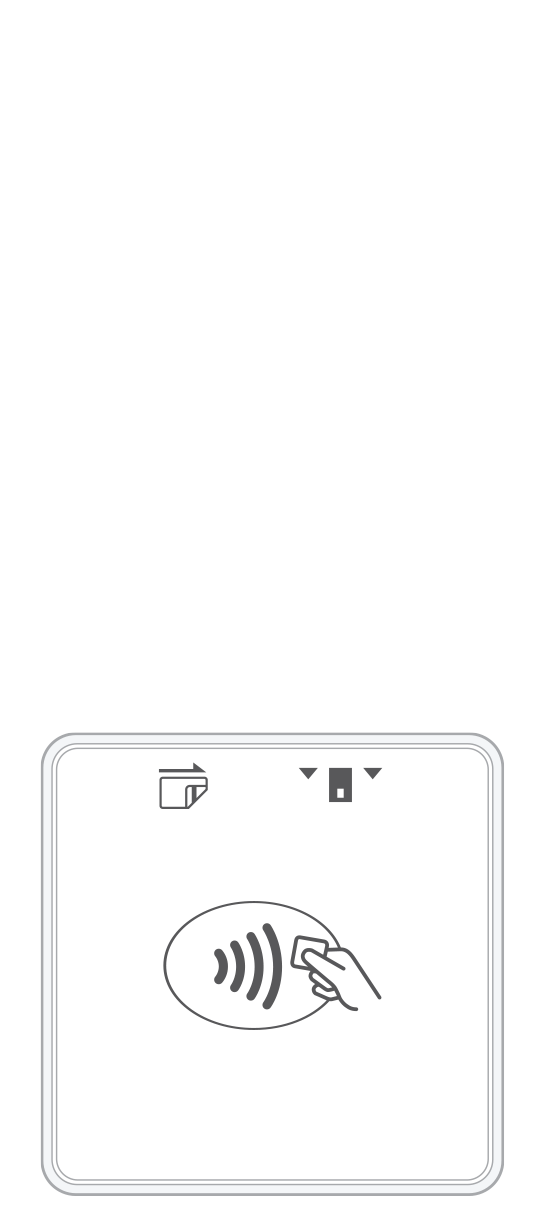 3-in-1 Reader | 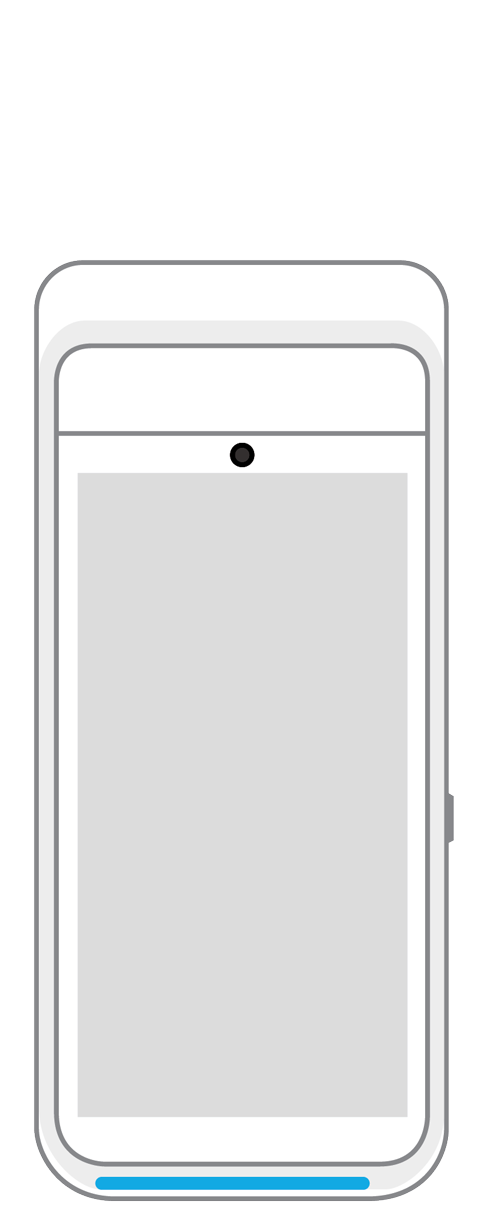 Terminal | 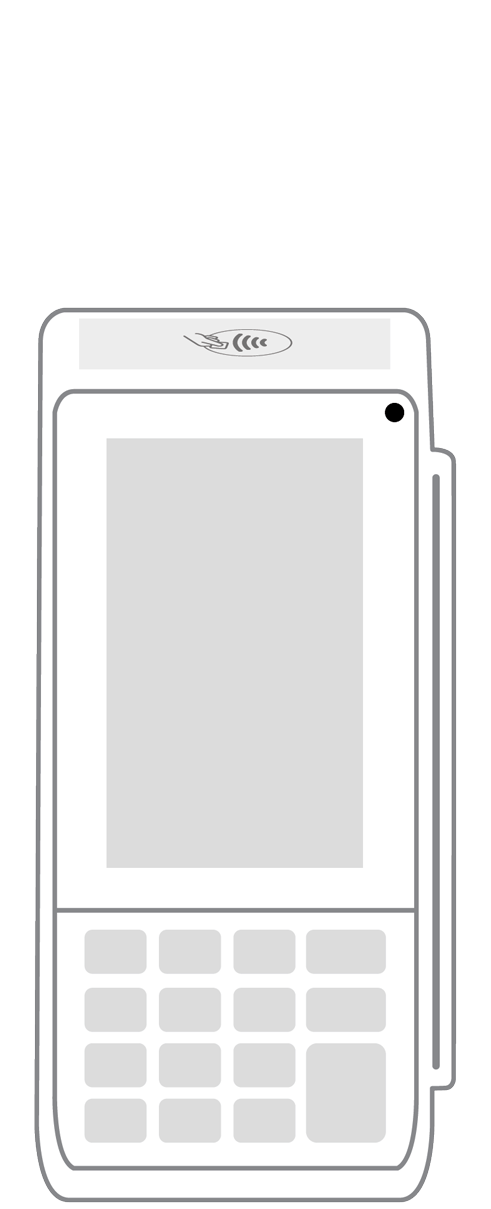 Keypad | 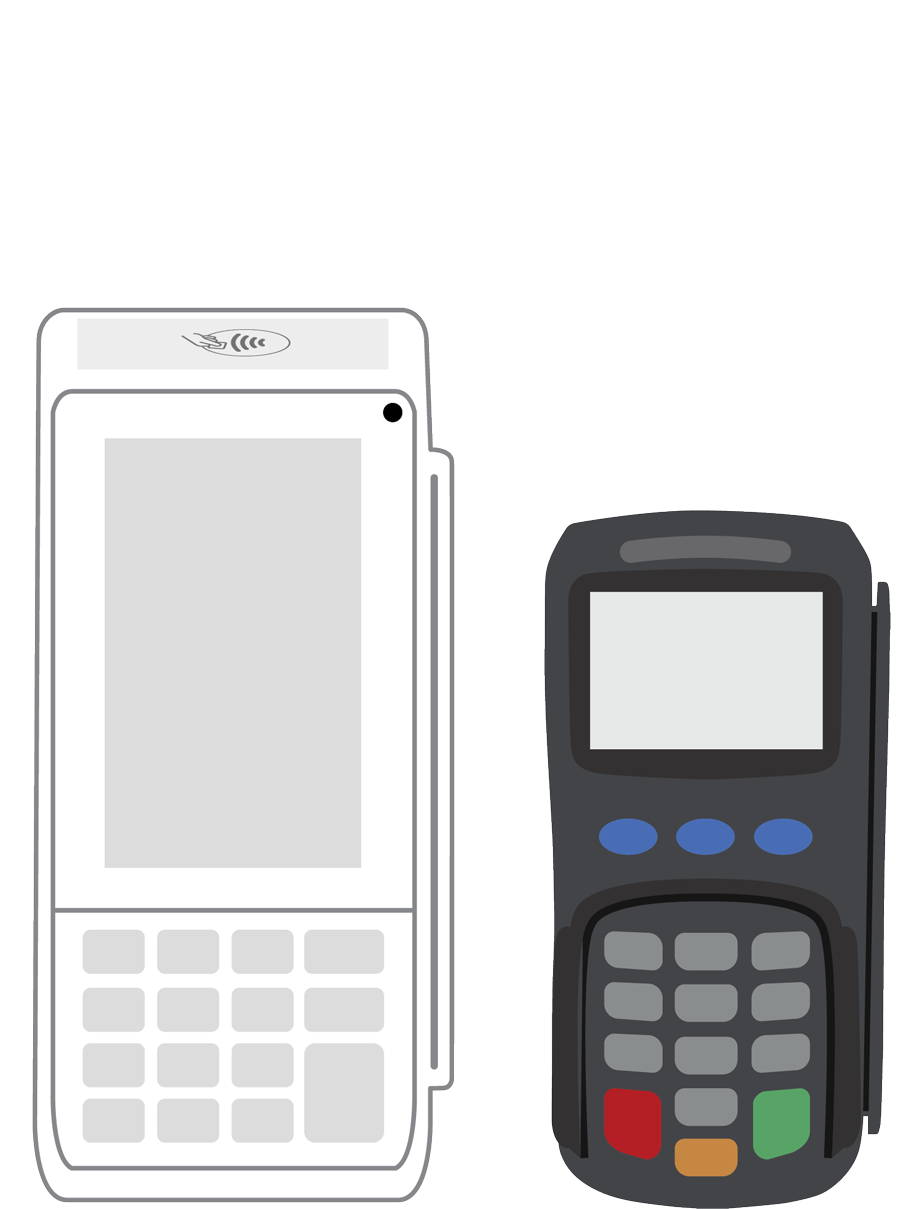 PINPad Pro | 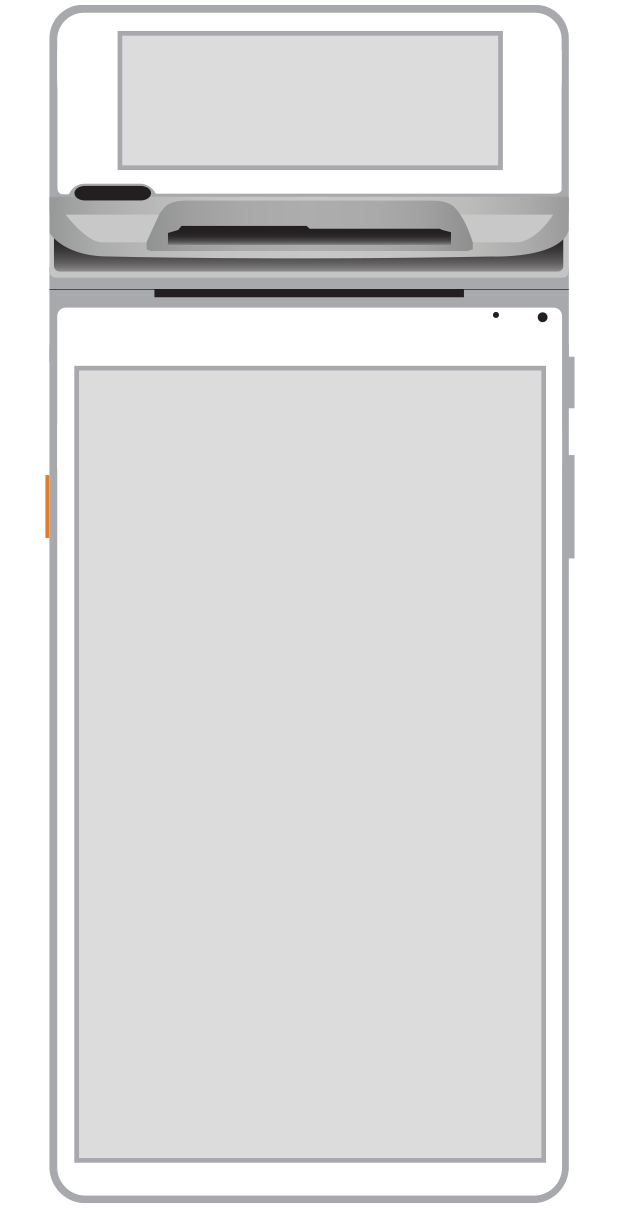 Flex |  POS+ | |
|---|---|---|---|---|---|---|
Payment types | ||||||
EMV chip card payments (dip) | ||||||
Contactless payments (tap) | ||||||
Magstripe payments (swipe) | ||||||
PIN debit + EBT | ||||||
Device features | ||||||
Built-in barcode scanner | ||||||
Built-in receipt printer | ||||||
Customer-facing second screen | ||||||
External pinpad | ||||||
Wireless use | ||||||
Network | ||||||
Ethernet connectivity | With dock | |||||
Wifi connectivity | ||||||
4G connectivity | ||||||
Pricing | ||||||
Free Placement | ||||||